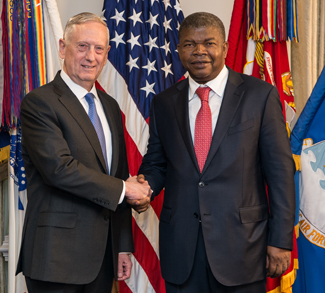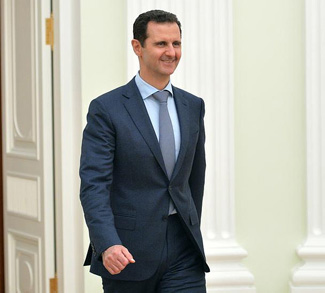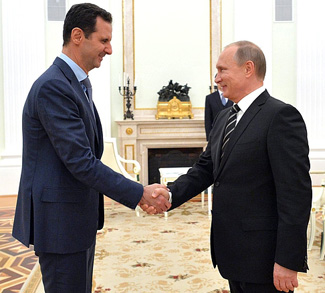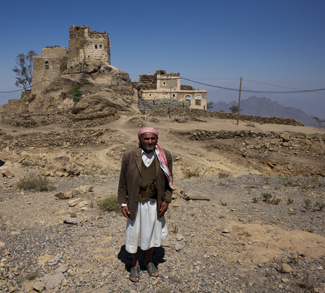The Cabinda enclave of Angola has long called for its independence, but the upcoming transition of power is an opening for the conflict to flare up again. After serving since 1979, President José Eduardo dos Santos has selected Defense Minister João Lorenço as his replacement. Minister Lorenço seems all but a shoo-in for upcoming elections on August 23, but his entrance into office comes at a sensitive time for the enclave. A leadership dispute in the FLEC-FAC coupled with the upcoming transfer of power could destabilize the region.
Having existed as a separate entity prior to independence from Portugal, many in the region have rejected incorporation into Angola. Despite a contested truce in 2004, a low-level resistance has continued, catching the world’s attention with the deadly 2010 attack on a convoy transporting the Togolese team to the Africa Cup of Nations.
Following the death of FLEC-FAC leader Nzita Tiago in June 2016, a lack of clear leadership on the rebel side appears to have led to a power scramble among competing factions. A series of provocations suggests that various rebels are jockeying for a place at the top of the movement. The FLEC issued a warning in August 2016 calling on the Chinese government to pull its citizens out of the region. In October 2016, the death toll claimed by the separatist group climbed to above 50, yet the Angolan interior minister maintained that the situation in Cabinda was stable. On 7 February 2017, FLEC called for a boycott of the August parliamentary elections, calling them “foreign” in nature: “FLEC does not accept the permanence of a foreign power on our territory, but does not want to interfere in the internal affairs of Angola.” The next week, it claimed to have killed nine Angolan soldiers in clashes that also killed two members of FLEC, bringing the alleged casualty count to 18. AFP cited an anonymous military source as saying five soldiers had been killed in the clashes. While FLEC appears to be exaggerating its record and leaning more towards threats and rhetoric, smaller factions of the group seem to be looking to take the mantle of leadership through violent acts.
Angola has recently overtaken Nigeria as the largest oil producer in Africa, due in large part to militant attacks by the Niger Delta Avengers and other groups.
A similar impact on oil output is not expected in Angola, as FLEC is not thought to be capable of attacking the deep offshore installations in the Cabinda region. However in May 2016, men claiming to be members of FLEC boarded an offshore platform belonging to Chevron. FLEC-FAC denied responsibility and no one was reported harmed, but the action refutes the assumption that an offshore attack is not possible.
At the same, oil companies are looking to lower breakeven prices, so investment in less-costly onshore developments is growing. Currently, two blocks in Cabinda are under exploration and one is in production. Onshore oil developments are more disruptive to residents and more accessible to potential vandals, increasing the motivation and opportunity for a strike. Onshore developments could lower the bar of entry for smaller, more radical factions of FLEC.
On the other side, Minister Lorenço is entering office as the hand-picked successor to the long-time president. He has served primarily in military positions he was appointed to by the retiring president, rather than elected office, so he has not built up his own constituency. Without a personal support base, Minister Lorenço could be more susceptible to pressure to respond severely to a strike by rebel groups. His history in the armed forces in the region may also make him more inclined to military action. At the very least, his former colleagues in the military are likely to have his ear.
The combination of a new leader in the Angolan government with the lack of a clear leader on the FLEC side makes this a sensitive time for the conflict. Both sides should proceed cautiously to avoid an unwanted escalation. For example, by making symbolic concessions the new president could increase the legitimacy of the less militant factions of FLEC, giving them an upper hand in the leadership struggle and reducing the risk of violence. Meanwhile, the FLEC leadership should do all it can to rein in the movement’s more radical elements to avoid a disproportionate response. Avoiding severe clashes in the short term would improve the ultimate outcome for both sides.




